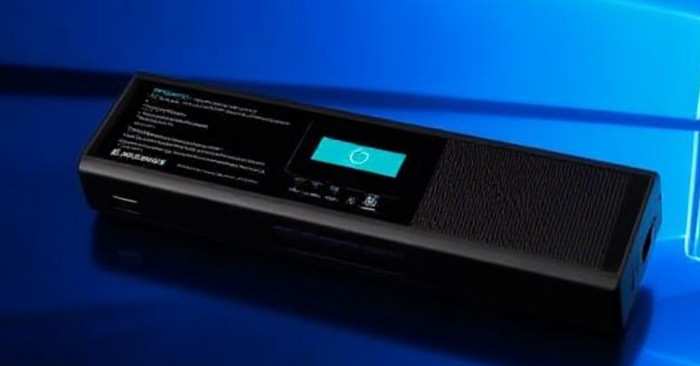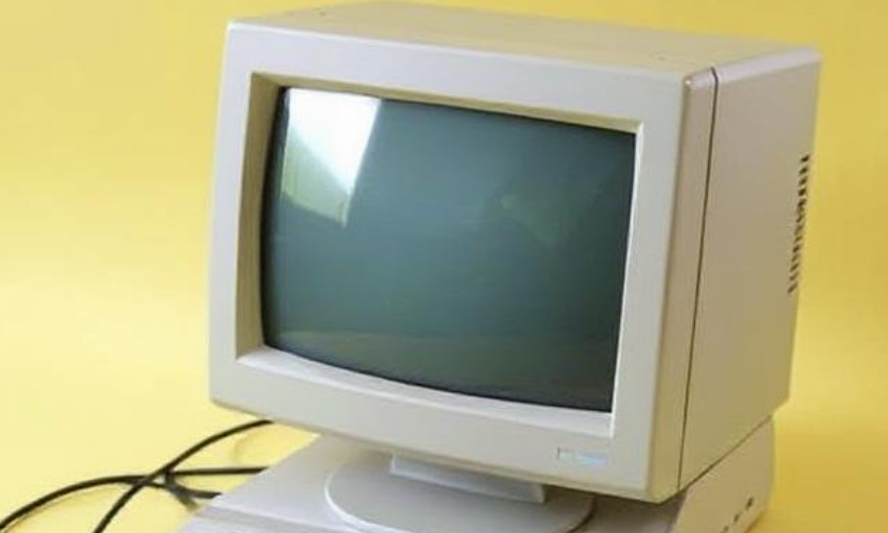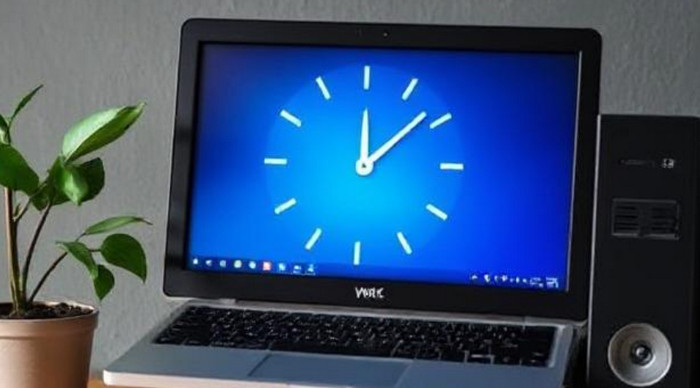# How to Check the Health of Your Laptop’s Battery in Windows
## Introduction
Laptop batteries degrade over time due to usage, charging cycles, and environmental factors. Monitoring your battery’s health helps you determine when it might need replacement or optimization to maintain performance. Windows provides built-in tools and methods to check your battery’s health without third-party software.
This guide covers various ways to assess your laptop battery’s health, including:
1. **Using Windows Built-in Battery Report**
2. **Checking via Command Prompt (Powercfg)**
3. **Using Windows Settings**
4. **Third-Party Battery Monitoring Tools**
5. **Physical Inspection & Best Practices**
By the end, you’ll know how to interpret battery health metrics and take action if needed.
—
## 1. **Generating a Battery Report in Windows**
Windows includes a hidden tool that generates a detailed battery report with capacity, usage history, and estimated lifespan.
### **Steps to Generate a Battery Report:**
1. **Open Command Prompt as Administrator**
– Press `Win + X` and select **Command Prompt (Admin)** or **Windows Terminal (Admin)**.
– Alternatively, search for `cmd`, right-click, and select **Run as administrator**.
2. **Run the Battery Report Command**
– Type the following command and press **Enter**:
“`
powercfg /batteryreport
“`
– Windows will save a battery report in HTML format.
3. **Locate and Open the Battery Report**
– The report is usually saved at:
“`
C:\Windows\System32\battery-report.html
“`
– Copy and paste this path into File Explorer or your browser to open it.
### **Understanding the Battery Report**
The report contains several key sections:
– **Battery Information:**
– **Design Capacity:** The original capacity when the battery was new.
– **Full Charge Capacity:** The current maximum charge the battery can hold.
– **Cycle Count:** The number of charge-discharge cycles (if supported by your battery).
– **Recent Usage:** Shows power states (active, suspended) over the last 3 days.
– **Battery Usage:** Graphs battery drain over time.
– **Battery Capacity History:** Tracks how full charge capacity has degraded.
– **Battery Life Estimates:** Predicts remaining battery life based on usage.
#### **Interpreting Battery Health:**
– If **Full Charge Capacity** is significantly lower than **Design Capacity**, your battery is degrading.
– A drop below **60-70%** of the original capacity means you may need a replacement soon.
—
## 2. **Checking Battery Health via Command Prompt (Powercfg)**
For a quick check without generating a full report, you can use:
1. Open **Command Prompt (Admin)** as before.
2. Run:
“`
powercfg /energy
“`
– This generates an energy report (HTML file) highlighting battery issues.
– Look for warnings about battery degradation.
—
## 3. **Checking Battery Health in Windows Settings**
Windows 10 & 11 provide basic battery health insights in Settings:
1. **Open Settings** (`Win + I`) → **System** → **Power & Battery**.
2. Click **Battery Health** (Windows 11) or **Battery Usage** (Windows 10).
– **Windows 11** shows:
– **Current Capacity vs. Original Capacity**
– **Charging Habits Impact**
– **Windows 10** shows app battery usage but not detailed health stats.
—
## 4. **Using Third-Party Battery Monitoring Tools**
If Windows’ built-in tools aren’t enough, try these free utilities:
### **A. BatteryInfoView (NirSoft)**
– Displays:
– Current capacity vs. design capacity
– Wear level (percentage degraded)
– Voltage, discharge rate
– Download: [https://www.nirsoft.net/utils/battery_information_view.html](https://www.nirsoft.net/utils/battery_information_view.html)
### **B. HWMonitor**
– Shows battery wear level, voltage, and temperature.
– Download: [https://www.cpuid.com/softwares/hwmonitor.html](https://www.cpuid.com/softwares/hwmonitor.html)
### **C. BatteryCare**
– Optimizes battery usage and provides wear statistics.
– Download: [https://batterycare.net/en/](https://batterycare.net/en/)
—
## 5. **Physical Inspection & Best Practices**
### **Signs of a Failing Battery**
– Rapid draining (e.g., losing 30% in 10 minutes).
– Laptop shuts down unexpectedly even at 20-30% charge.
– Swollen battery (a serious hazard—replace immediately).
### **Extending Battery Lifespan**
– Avoid keeping the laptop plugged in at **100%** all the time.
– Store at **40-60% charge** if unused for long periods.
– Keep the laptop cool (heat accelerates degradation).
—
## **Conclusion**
Windows provides multiple ways to check your laptop battery’s health, from built-in reports (`powercfg /batteryreport`) to third-party tools. If your battery’s full charge capacity is below **70%** of its original capacity, consider replacing it for better performance.
By monitoring battery health and following best practices, you can maximize your laptop’s battery life and avoid unexpected shutdowns.


